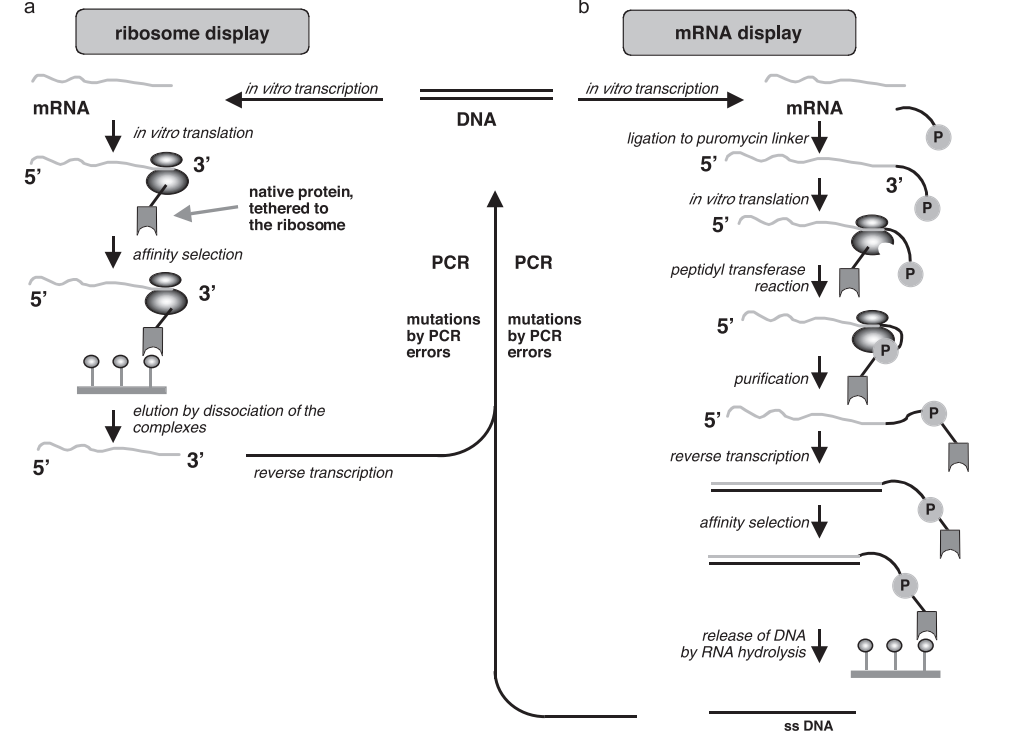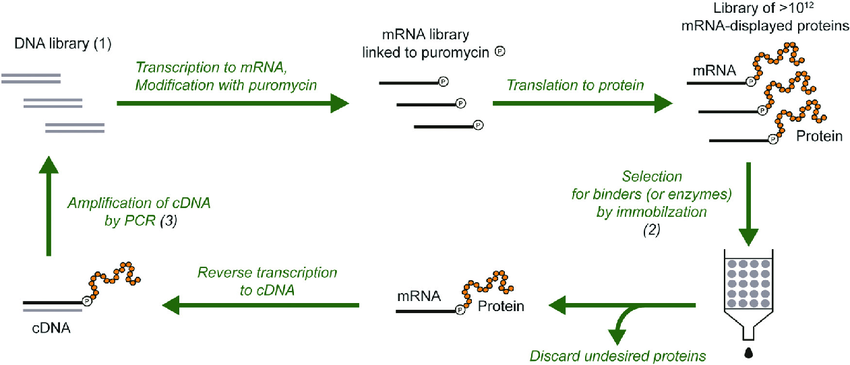In the rich and multifaceted realm of biology, there exist two crucial terms that every student, researcher, and biology enthusiast must comprehend – “phenotype” and “genotype”. These twin concepts form the very foundation of genetics, playing a significant role in explaining how traits are passed down from parents to their offspring. This blog post aims to provide an extensive exploration of the definitions, differences, and examples of phenotypes and genotypes, with the ultimate goal of providing you with a profound understanding of these indispensable biological terms.

Phenotype: The Physical and Behavioral Manifestation of Traits
A phenotype refers to the physical expression or characteristics of an individual organism. In essence, it’s the observable traits that make each creature distinct and unique. These traits can span from the straightforward to the complex, including visible features such as height, hair color, eye color, and skin tone. However, phenotypes are not confined to just physical attributes; they also encompass behaviors and abilities. For instance, the ability of a bird to sing a specific song or the instinct of a turtle hatchling to move towards the sea are both examples of phenotypic traits.
Phenotypes are the result of interactions between an organism’s genetic makeup (genotype) and its environment. Environmental factors can significantly influence an organism’s phenotype. A striking example of this can be seen in plant life; two plants with the same genotype can grow to different heights if one is exposed to sunlight deprivation. This highlights the substantial role that the environment plays in determining the phenotype of an organism.
Genotype: The Genetic Code that Influences Traits
In stark contrast to the observable phenotype, a genotype refers to the underlying set of genes present in an organism’s DNA that are responsible for a specific trait. The genotype functions like the blueprint or architectural plan of an organism, containing all the instructions that determine how the organism’s phenotype will be expressed. Each gene present in the DNA contributes to the formation of the genotype, which subsequently impacts the phenotype.
It’s crucial to remember that while an organism’s genotype can influence its phenotype, it does not necessarily determine it completely due to the influence of environmental factors. In other words, genotypes lay the fundamental groundwork, but the final outcome (the phenotype) is also shaped by how these genes interact with the environment.
Genotypes can be classified in two main ways – homozygous, where an individual has two copies of the same gene, and heterozygous, where an individual has two different versions of a gene. Understanding this distinction is vital in understanding how traits are passed down and expressed.
Related Services
Strain Phenotypic Screening and Selection
The Complex Relationship Between Phenotype and Genotype
Understanding the intricate relationship between phenotype and genotype is essential to grasp how traits are transferred from generation to generation and how variations within and between species come about. The genotype-phenotype distinction is fundamental in the study of genetics and evolution.
While genotypes represent the genetic makeup of an organism – the raw code working behind the scenes, phenotypes represent the visible result of those genes – the actual performance on the stage of life. The interaction between these two concepts, mediated and modulated by environmental influences, results in the awe-inspiring diversity of life we observe around us.
Conclusion
In conclusion, phenotypes and genotypes are two interconnected concepts that form the core of genetics. The genotype represents the genetic instructions inherited from parents, while the phenotype is the tangible expression of those instructions. However, it’s crucial to remember that phenotypic traits are not solely determined by genotype; environmental factors also play a substantial role. A deep and thorough understanding of these concepts enriches our knowledge of genetics and allows us to appreciate the intricate tapestry of life in all its complexity and diversity.









